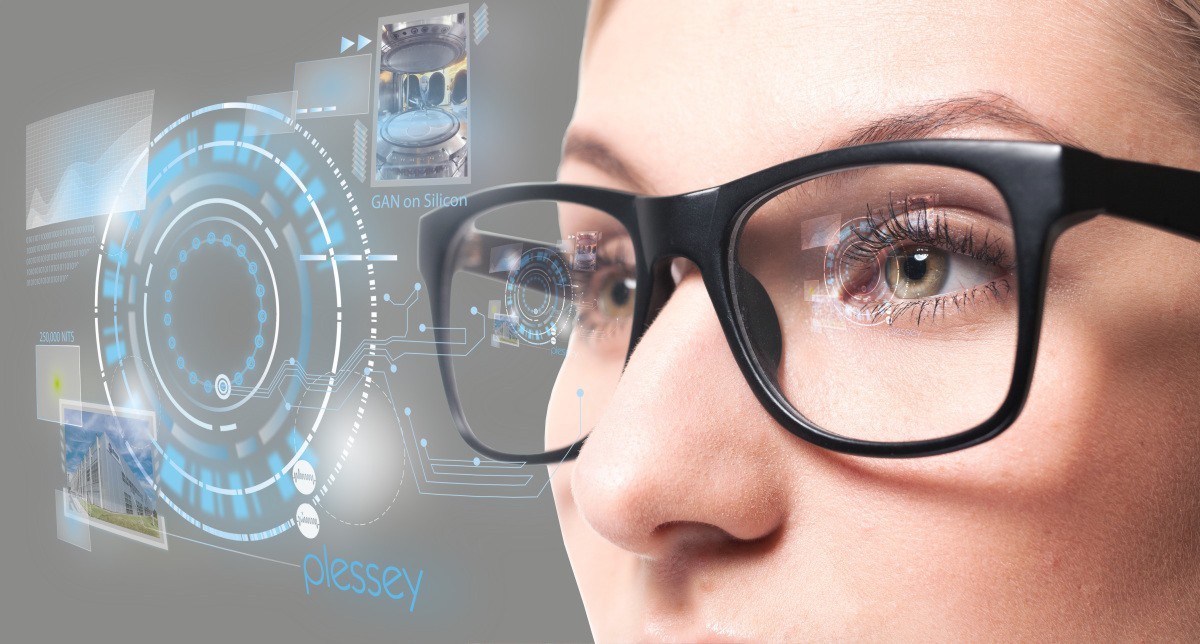Augmented reality glasses can help people with low vision
Augmented reality (AR) may help people with low vision better navigate their environment. AR works by displaying digital content over the real-world view of the user, either through a wearable headset such as Microsoft Hololens and other AR glasses or by using a mobile device. The ability to overlay bright, vibrant and distinct visual cues in the user’s direct line of sight makes it easier for them to identify the obstacles and objects in front of them.
In a new study of patients with retinitis pigmentosa, an inherited degenerative eye disease that results in poor vision, Keck School of Medicine of USC researchers found that adapted augmented reality (AR) glasses can improve patients’ mobility by 50% and grasp performance by 70%.

Patients with retinitis pigmentosa wore adapted AR glasses as they navigated through an obstacle course based on a U.S. Food and Drug Administration-validated functional test. Using video of each test, researchers recorded the number of times patients collided with obstacles, as well as the time taken to complete the course. Patients averaged 50% fewer collisions with the adapted AR glasses.

Patients also were asked to grasp a wooden peg against a black background — located behind four other wooden pegs — without touching the front items. Patients demonstrated a 70% increase in grasp performance with the AR glasses.
“Through the use of AR, we aim to improve the quality of life for low vision patients by increasing their confidence in performing basic tasks, ultimately allowing them to live more independent lives,” said Anastasios N. Angelopoulos, study project lead.
To accomplish this, researchers used a process called simultaneous location and mapping, allowing the AR glasses to fully render the 3D structure of a room in real-time. This technology can work on commercially available devices. Although still in the early stage of research and not yet cost-effective, augmented reality glasses being used as a tool to aid the visually impaired shows extremely promising signs.
